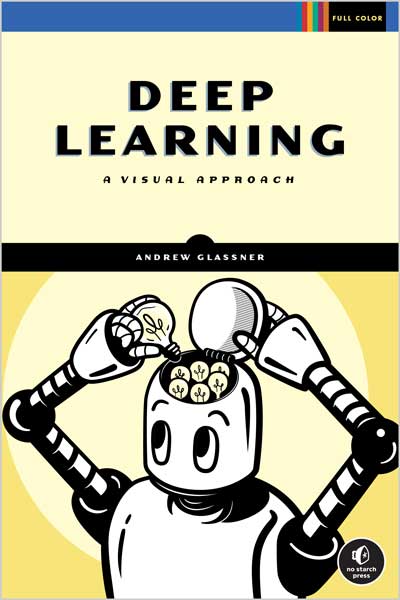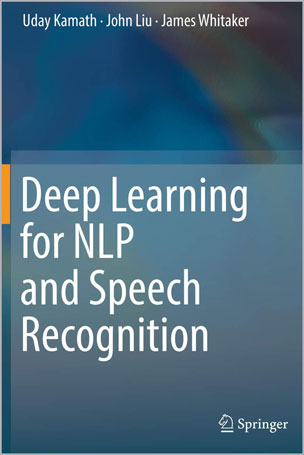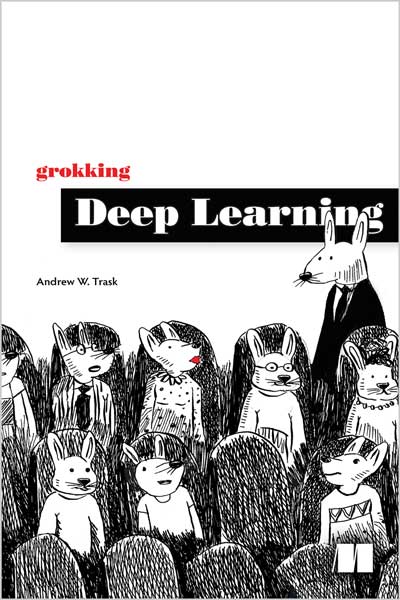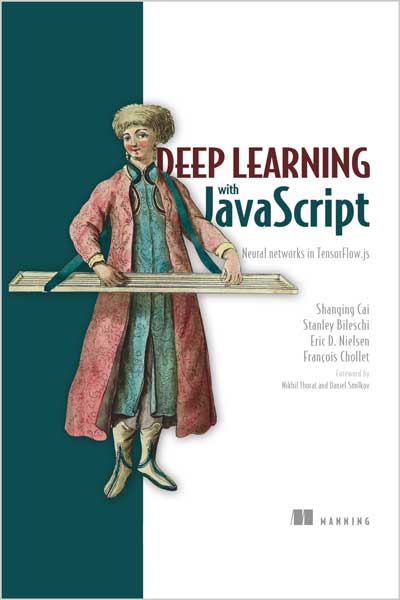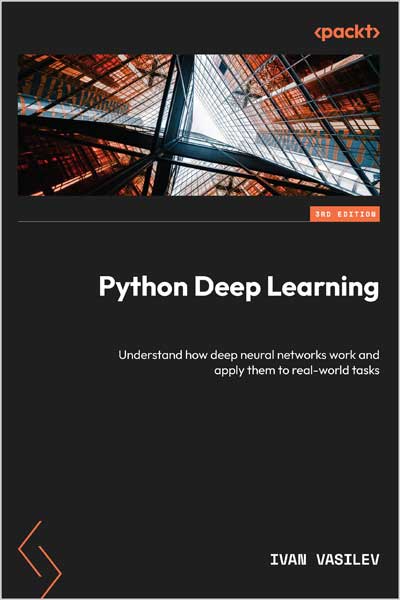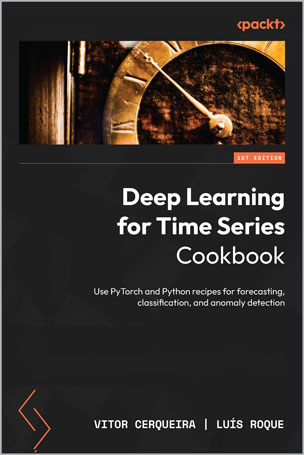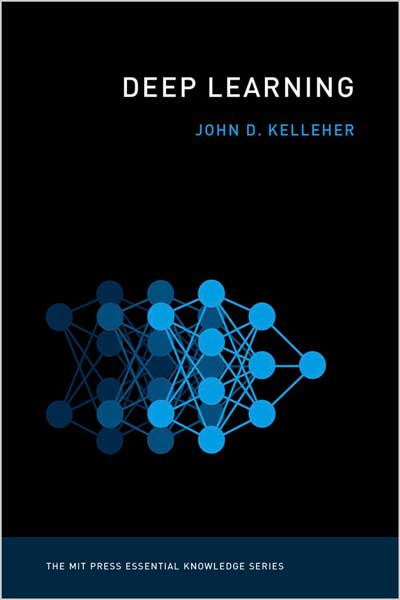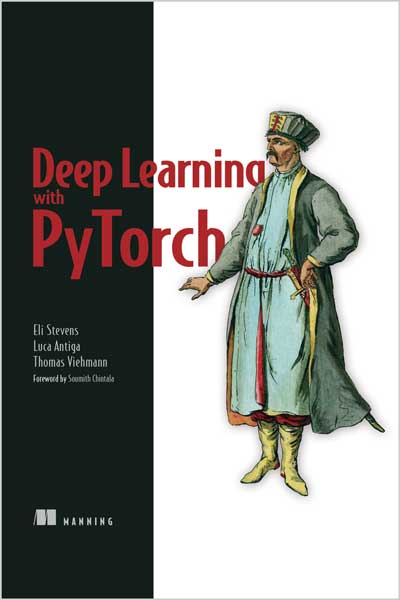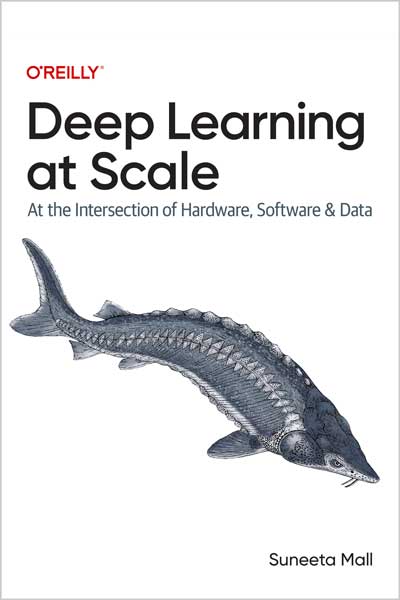Building with Python from First Principles
Seth Weidman
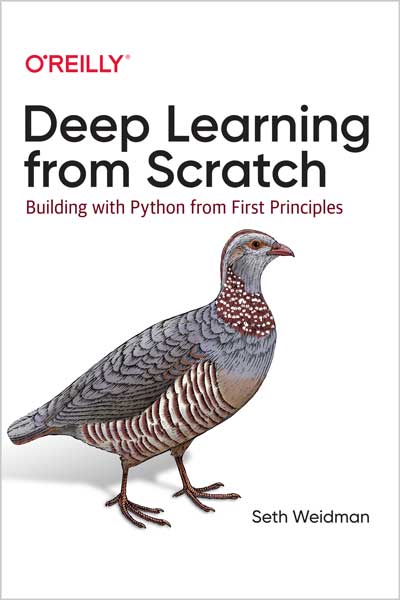
#Deep_Learning
#Scratch
#Python
#networks
#PyTorch
If you’ve tried to learn about neural networks and deep learning, you’ve probably encountered an abundance of resources, from blog posts to MOOCs (massive open online courses, such as those offered on Coursera and Udacity) of varying quality and even some books—I know I did when I started exploring the subject a few years ago. However, if you’re reading this preface, it’s likely that each explanation of neural networks that you’ve come across is lacking in some way. I found the same thing when I started learning: the various explanations were like blind men describing different parts of an elephant, but none describing the whole thing. That is what led me to write this book.
These existing resources on neural networks mostly fall into two categories. Some are conceptual and mathematical, containing both the drawings one typically finds in explanations of neural networks, of circles connected by lines with arrows on the ends, as well as extensive mathematical explanations of what is going on so you can “understand the theory.”
Other resources have dense blocks of code that, if run, appear to show a loss value decreasing over time and thus a neural network “learning.”
Explanations like this, of course, don’t give much insight into “what is really going on”: the underlying mathematical principles, the individual neural network components contained here and how they work together, and so on.
What would a good explanation of neural networks contain? For an answer, it is instructive to look at how other computer science concepts are explained: if you want to learn about sorting algorithms, for example, there are textbooks that will contain:
- • An explanation of the algorithm, in plain English
- • A visual explanation of how the algorithm works, of the kind that you would draw on a whiteboard during a coding interview
- • Some mathematical explanation of “why the algorithm works”
- • Pseudocode implementing the algorithm
One rarely—or never—finds these elements of an explanation of neural networks side by side, even though it seems obvious to me that a proper explanation of neural networks should be done this way; this book is an attempt to fill that gap.
With the resurgence of neural networks in the 2010s, deep learning has become essential for machine learning practitioners and even many software engineers. This book provides a comprehensive introduction for data scientists and software engineers with machine learning experience. You’ll start with deep learning basics and move quickly to the details of important advanced architectures, implementing everything from scratch along the way.
Author Seth Weidman shows you how neural networks work using a first principles approach. You’ll learn how to apply multilayer neural networks, convolutional neural networks, and recurrent neural networks from the ground up. With a thorough understanding of how neural networks work mathematically, computationally, and conceptually, you’ll be set up for success on all future deep learning projects.
This book provides:
- • Extremely clear and thorough mental models—accompanied by working code examples and mathematical explanations—for understanding neural networks
- • Methods for implementing multilayer neural networks from scratch, using an easy-to-understand object-oriented framework
- • Working implementations and clear-cut explanations of convolutional and recurrent neural networks
- • Implementation of these neural network concepts using the popular PyTorch framework
About the Author
Seth Weidman is a data scientist who has applied and taught machine learning concepts for several years. He started out as the first data scientist at Trunk Club, where he built lead scoring models and recommender systems, and currently works at Facebook, where he builds machine learning models for their infrastructure team. In between he taught data science and machine learning for the bootcamps and on the corporate training team at Metis. He is passionate about explaining complex concepts simply, striving to find the simplicity on the other side of complexity.
